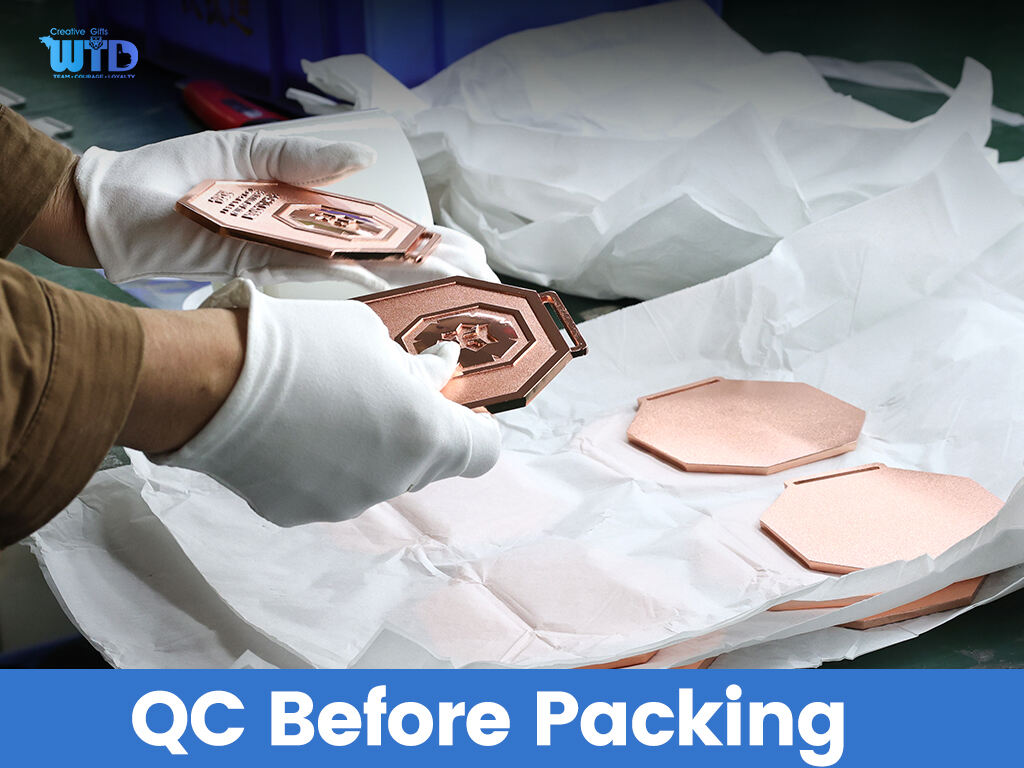Medals, especially custom ones, can be used for motivation, recognition, and award giving. The process of medal-making involves several steps that guarantee high quality and customization. This article presents the many steps and processes needed for design and production in custom medals and the materials used.
This type of business can be very challenging. One of the beating hearts in the business is, in fact, the design. Understanding the purpose of the design is equally vital. Understanding the partnership between the client and the designer is also very important. A client has to inform the designer concerning the size, outlines, and also features to be inscribed on the medal, for instance, logos and writing. Medals can be designed and visualized using specific software to give a preview of the product and suggest changes before the final product is made.
Once the design receives approval, the next step is choosing the right materials. Custom medals can be made using different metals such as brass, bronze, or zinc alloy. Each of these materials can be finished polished, matte, or even antique which enhances the aesthetic appeal. Furthermore, the method of fabrication used can affect the weight and durability of the medal. This means that the material needs to be consistent with the purpose of the medal, be it sporting events, academic accomplishments, or corporate functions.
Once the materials have been selected, the next step is the fabrication. This usually includes die casting, stamping, or CNC machining. Die casting is often used in mass production as it captures complex parts with high repeatability. Stamping is often used in simpler, high volume designs which are less expensive. For complex and singular medal designs, CNC machining is the go to method due to it’s accuracy and flexibility.
After the production process, the medals receive final touches, which could include polishing, painting, or applying enamel to deepen the visual appeal. Many manufacturers add other features such as eache, boxes, or custom engraving to personalize the medals even further. At this stage, quality control is important to make sure every medal issued is within the desired standards, and all the errors have been fixed prior to shipment.
At last, the custom medals are delivered to the client. This final step is more than just appearance; it reveals the dedication of the brand to quality and detail. The branding elements are applied onto the package which makes the first time opening the box memorable.
As witnessed, custom medal manufacturing include different types of processes and require a lot of different features to work together. Every step is important in designing the medal as it makes it better. The manufacturers are trying to comply with the standards of the clients, which means there is an increase in the use of renewable materials.

